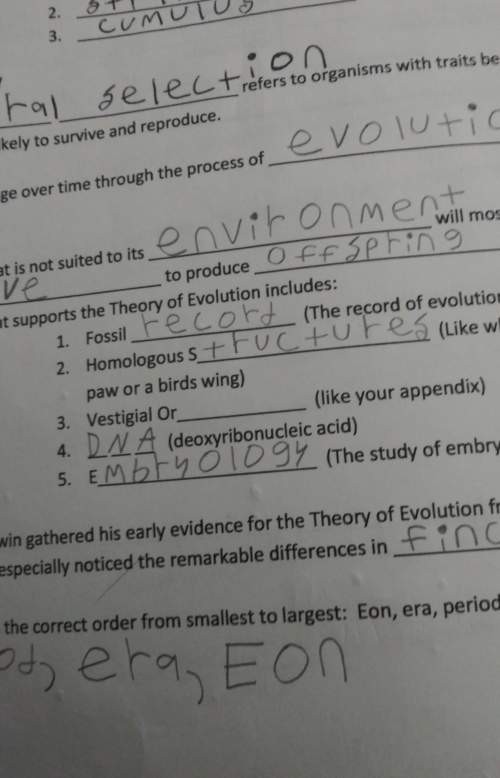
Physics, 19.07.2019 21:30, JuanTorres7
The rate of change of the downward velocity of a falling object is the acceleration of gravity (10 meters/sec^2) minus the acceleration due to air resistance. suppose that the acceleration due to air resistance is 0.1 inverse seconds times the downward velocity. write the initial value problem and the solution for the downward velocity for an object that is dropped (not thrown) from a great height.

Answers: 3
Other questions on the subject: Physics


Physics, 22.06.2019 03:00, trinitieu66
Ahot-air balloonist, rising vertically with a constant speed of 5.00 m/s releases a sandbag at the instant the balloon is 40.0 m above the ground. after it is released, the sandbag encounters no appreciable air drag. compute the velocity of the sandbag at 0.250 s after its release.
Answers: 2

Physics, 22.06.2019 09:00, atsuedem974
Chemical energy is a form of energy. a. heat b. kinetic c. potential d. electromagnetic
Answers: 2

Physics, 22.06.2019 11:50, morenodonaldo762
The electric field between square plates of a parallel-plate capacitor has magnitude e. the potential across the plates is maintained with constant voltage by a battery as they are pulled apart to twice their original separation, which is small compared to the dimensions of the plates. the magnitude of the electric field between the plates is now equal to a)e b)e/4 c)e/2 d)4e e)2e
Answers: 1
Do you know the correct answer?
The rate of change of the downward velocity of a falling object is the acceleration of gravity (10 m...
Questions in other subjects:

Physics, 01.10.2019 15:20


Biology, 01.10.2019 15:20

History, 01.10.2019 15:20


Mathematics, 01.10.2019 15:20


Chemistry, 01.10.2019 15:20








